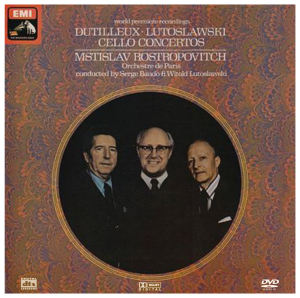"They are here" or "we are there"? Which one of these illusions should we by seeking to create to permit suspension of disbelief?
Are these incompatible objectives? Do we have to select in advance one or the other of these as an objective for our audio systems?
Does certain equipment achieve one of them and other equipment achieve the other?
Which is harder to achieve?
I want to achieve "we are there."
Are these incompatible objectives? Do we have to select in advance one or the other of these as an objective for our audio systems?
Does certain equipment achieve one of them and other equipment achieve the other?
Which is harder to achieve?
I want to achieve "we are there."

















